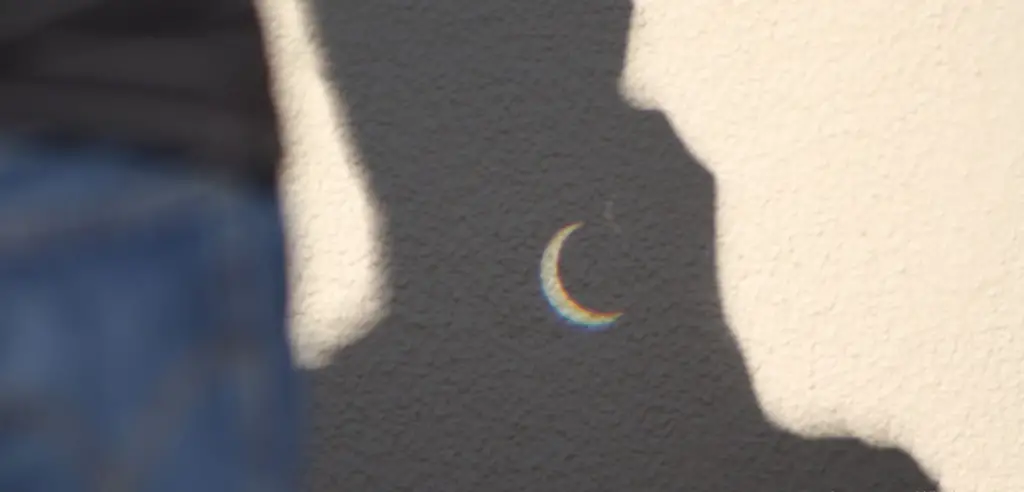Have you ever wondered how can an assembled stiff piece of paper be called a projector; a pinhole projector? How does it work? Does it really work as a projector? Well, to understand that you need to what exactly the pinhole projector is.
In a pinhole camera, light is projected onto a photosensitive surface (such as film or a digital sensor) through a small hole, known as the pinhole. The pinhole acts as a lens, creating a small, inverted image of the scene being photographed on the photosensitive surface.
When light passes through the pinhole, it spreads out and converges to form an inverted image on the opposite side of the pinhole.
This is because the pinhole only allows light to pass through in a straight line, and the rays of light from different parts of the scene converge at different points on the surface.
Pinhole cameras are often used for artistic purposes, as the images they produce have a distinct, dreamlike quality. They can also be used in scientific applications, such as in astronomy, where they are used to observe the sun and stars.
How Do the Pinhole Projectors Work?
The pinhole projectors are two stiff pieces of paper. One with a tiny hole and the other one usually does not have any hole.
The hole is usually made in one piece of paper using a pin or any sharp object of the same size.
One piece of paper is kept on the ground or an object and the other one with a hole is placed a little above the ground to let the sunshine pass through it.
The sunshine passes through the tiny hole and you begin seeing a partially obscured sun.
The paper with the hole plays the role of a projector and the paper on the ground acts as a screen.
The light that emits from the piece of paper that is acting as a projector forms an image on the other paper placed to act as a screen.
The pinhole is the simplest form of a projector. It does not even have a lamp or a complex structure. All it has is a hole that lets the light pass through in a straight line and forms an image on the other paper acting as a screen.
How to Make and Use a DIY Pinhole Projector?
A pinhole projector is the simplest form of a projector. All it has is whole to pass the light through in a straight line.
However, to turn the two stiff papers into a projector, you have to do everything right. To make a DIY projector, you need two pieces of stiff paper and a pin.
Once you have all the needed accessories, make sure both papers are of the same size.

Take one piece of paper and somewhere in the middle make a hole using the pinhole. The pinhole projector is done.
Now that the pinhole projector is ready you have to use it the right way. Stand with the back facing the sun hold up the paper with a pinhole in your hand and place the other one on the ground.
Allow the sunlight to pass through the pinhole. As we all know the light travels in the same direction, the light will pass through traveling in a straight line would cast a spell on the paper placed on the ground.
How do you see the eclipse in a pinhole?
To view an eclipse using Pinhole Projectors, you can create a simple pinhole camera by making a small hole in a piece of cardboard and holding it up to the sun, with a white piece of paper behind it.
The hole Pinhole Projectors acts as a lens, projecting an image of the sun onto the paper.
During an eclipse, the moon passes between the sun and the Earth, casting a shadow on the Earth’s surface.
If you position the Pinhole Projector so that the sun is partially covered by the moon, you will see the image of the sun with a portion of it missing due to the shadow of the moon.
It’s important to note that viewing an eclipse with a Pinhole Projector is still dangerous, as you are still looking directly at the sun.
Therefore, you should never look directly at the sun during an eclipse and always use appropriate eye protection such as eclipse glasses or solar filters.

Conclusion
The pinhole projector is the simplest form of projector it works by allowing the light to pass through the hole. The light travels in a straight line, it ends up forming an image on the paper placed on the ground acting as a projector screen.

